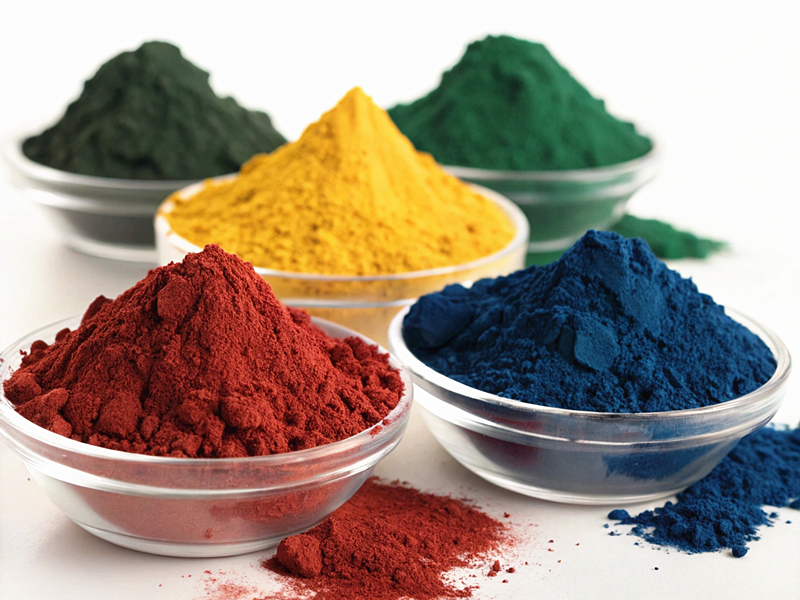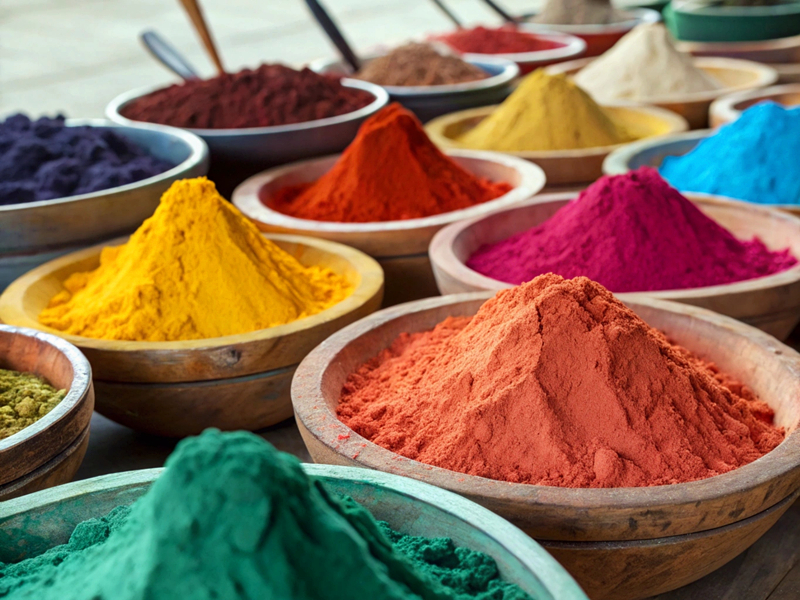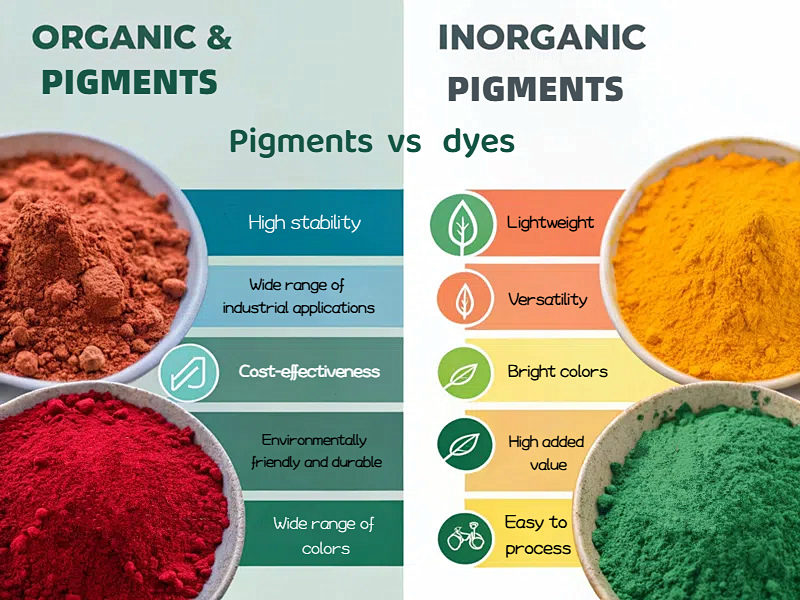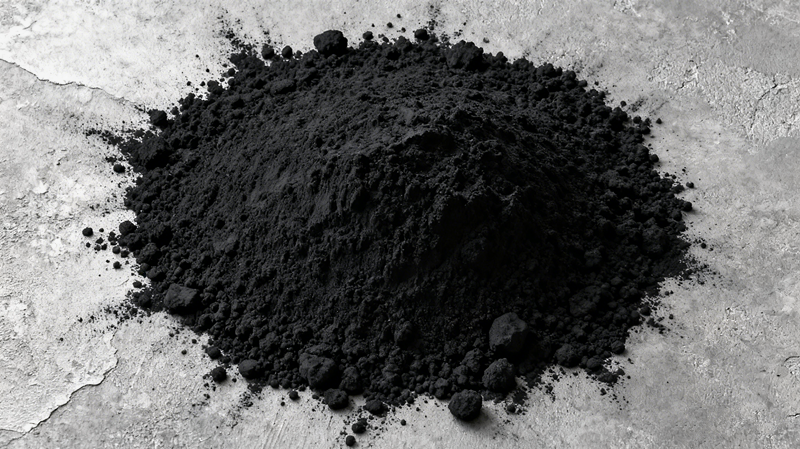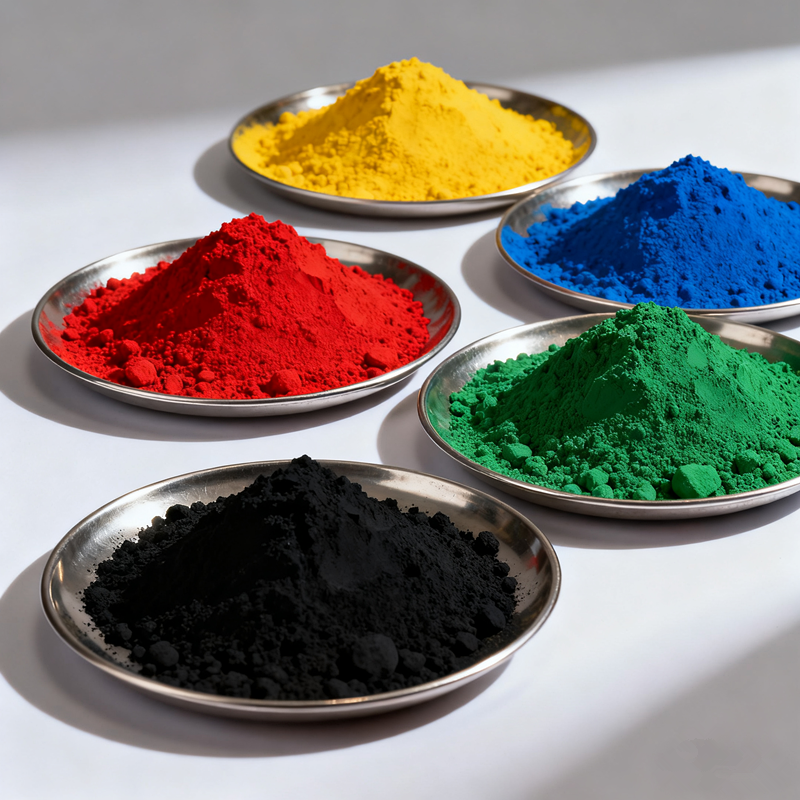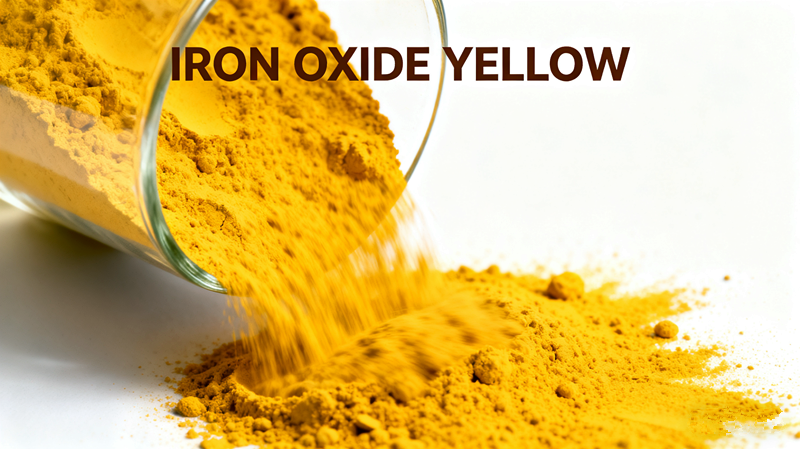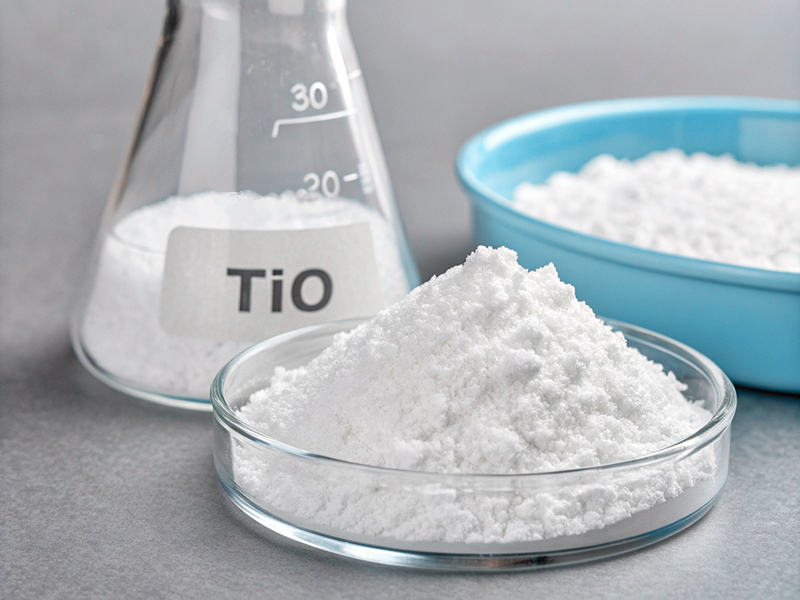Understanding the difference between pigments and dyes is crucial for anyone working with color. Both are widely used in various industries, but their properties and applications can vary greatly.
The primary difference between pigments and dyes lies in their form and how they interact with the material they color. Pigments are solid, insoluble particles, while dyes are soluble substances that bond with the material they stain.
In this article, we'll explore the various types of pigments and dyes. Understanding how each works will help you make more informed decisions for your projects.
The types of pigments?
Pigments are generally classified into two broad categories: organic and inorganic pigments.
Organic pigments
Organic pigments, derived from carbon-containing compounds, are often used in paints, coatings, and inks. These pigments tend to have more vibrant colors but may not be as lightfast or stable as their inorganic counterparts.
Inorganic pigments
Inorganic pigments, on the other hand, are made from mineral-based compounds. They are often more stable, resistant to light and temperature changes, and are typically used for industrial applications like ceramics, construction materials, and automotive finishes. Some examples of inorganic pigments include iron oxide pigments (used in red, yellow, and brown colors) titanium dioxide1 and chromium oxide.
In the world of pigments, iron oxide pigments stand out as a popular choice, particularly in industries like construction and ceramics. Their durability and consistent color make them ideal for applications where longevity and appearance are important. In fact, companies like XT Pigment specialize in iron oxide pigments2, offering customizable packaging and strong coverage for a range of uses.
| Type | Characteristics | Applications |
|---|---|---|
| Organic | Carbon-based, often vibrant colors, less lightfast | Paints, inks, coatings |
| Inorganic | Mineral-based, stable, resistant to light and heat, durable | Construction, ceramics, automotive finishes |
| Iron Oxide | Inorganic, high durability, consistent color, long-lasting | Construction, ceramics, outdoor applications |
The types of dyes?
Dyes, unlike pigments, are soluble substances that dissolve in water or another solvent and are absorbed by the material being colored. The most common types of dyes are acid dyes, basic dyes, direct dyes, and vat dyes.
| Type | Characteristics | Applications |
|---|---|---|
| Acid Dyes | Water-soluble, bond with fibers via ionic interactions, vibrant colors | Wool, silk, nylon |
| Basic Dyes | Soluble in water, bright vivid colors, less durable than other dyes | Acrylic fibers, some textiles |
| Direct Dyes | Absorbed directly into fibers, easy to use, varying color fastness | Cotton, cellulose fibers |
| Vat Dyes | Insoluble, require special process to make soluble, excellent light fastness | Cotton, textiles with strong lightfastness |
While the applications of dyes are primarily found in textiles and food products, they also play a significant role in cosmetics and pharmaceuticals. The chemical structure of the dye determines how it interacts with the material, affecting its color, stability, and washability.
The difference between pigments and dyes?
The key difference between pigments and dyes is their solubility. Pigments are solid and insoluble, while dyes dissolve in solvents and bond chemically with the material they color. This leads to differences in their applications, durability, and how they are used in manufacturing.
| Feature | Pigments | Dyes |
|---|---|---|
| Solubility | Insoluble, solid particles | Soluble, dissolve in water or solvents |
| Bonding | Sit on the surface of the material being colored | Chemically bond with the material |
| Durability | More lightfast and stable | Can fade or lose intensity over time |
| Applications | Paints, coatings, construction, ceramics | Textiles, food, cosmetics, pharmaceuticals |
| Color Intensity | Less vibrant, often more opaque | More vivid, vibrant colors |
The primary difference between pigments and dyes is in their form and interaction with the material they color. As mentioned earlier, pigments are solid, often inorganic particles that do not dissolve in water or solvents. They are typically suspended in a medium (such as oil or water) to adhere to the surface of the material being colored.
In contrast, dyes are water-soluble (or soluble in other solvents) and chemically bond with the material they color. This bonding results in dyes being absorbed into the material, unlike pigments, which only sit on the surface. Dyes tend to provide more intense colors, while pigments are often used for their durability and resistance to fading.
Different applications
When it comes to applications, pigments are more commonly used in paints, coatings, and construction materials3 where lightfastness and coverage are important. Dyes, on the other hand, are more frequently used for coloring textiles, food, and cosmetics. The selection between pigments and dyes often depends on the desired effect, the material being colored, and the conditions the color will be exposed to.
Different performance
In the world of pigments, the durability of materials like iron oxide pigments4 stands in stark contrast to the more fleeting nature of dyes. Iron oxide pigments offer exceptional resistance to light and heat, making them ideal for long-lasting applications in industries like construction. In contrast, dyes, despite their vibrant colors, may fade or lose their intensity over time when exposed to sunlight or other environmental factors.
Conclusion
Understanding the difference between pigments and dyes is essential for selecting the right colorant for your projects. Pigments are solid, inorganic particles that provide stability and coverage, while dyes are soluble substances that bond chemically with the material.
Depending on your needs—whether it's for vibrant colors in textiles or long-lasting, durable color in industrial applications—the choice between pigments and dyes will depend on their specific properties. Whether you choose pigments like iron oxide for their durability or dyes for their rich hues, understanding these differences will ensure that your choice fits your needs perfectly.
-
To understand the specific uses and benefits of these commonly used inorganic pigments. ↩
-
To learn about the durability and versatility of iron oxide pigments in industries like coatings. ↩
-
To explore how pigments provide lightfastness and coverage in industrial applications. ↩
-
To learn about the exceptional durability and performance of iron oxide pigments in demanding environments. ↩


